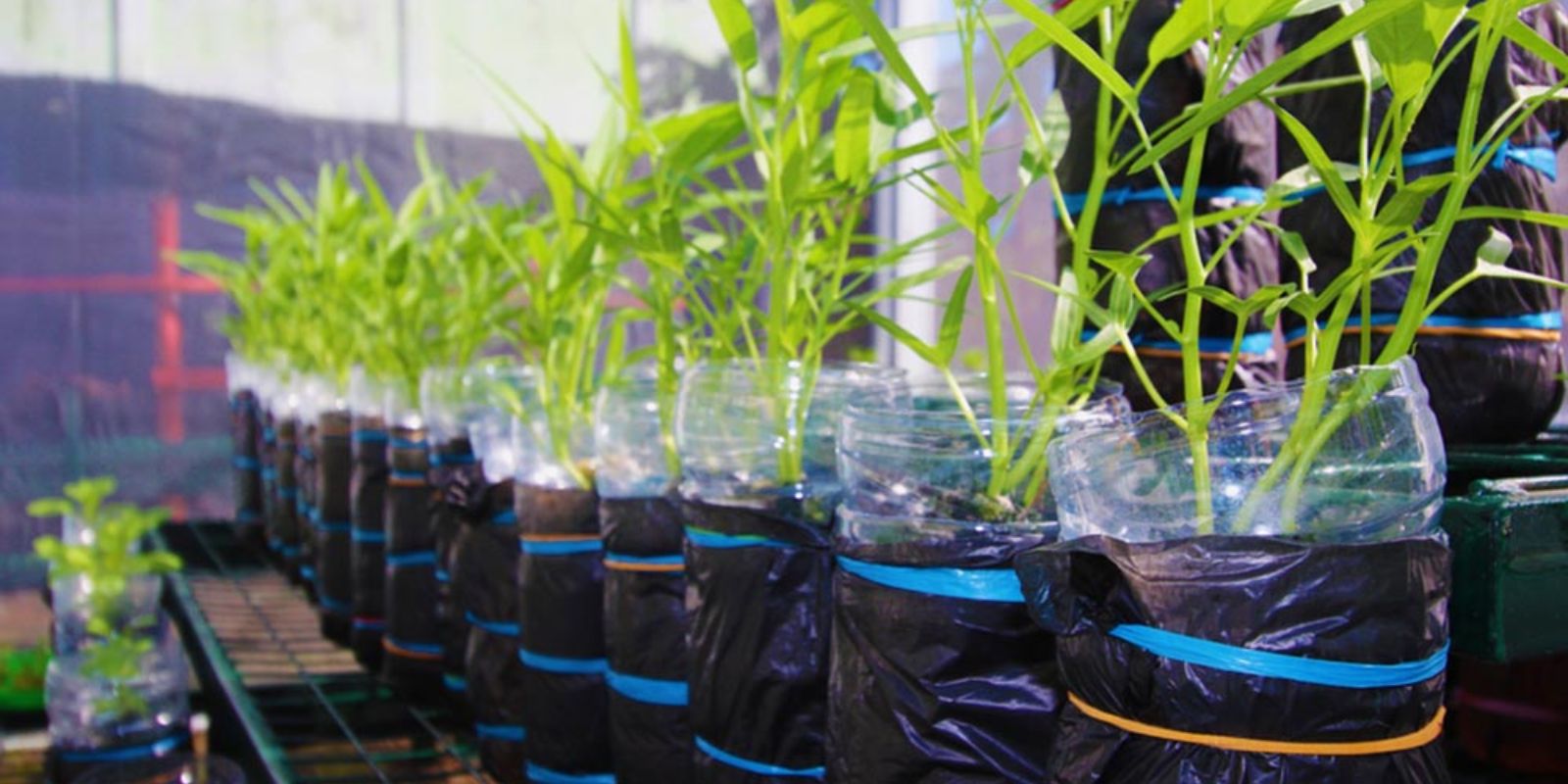The hydroponic wick system is a game-changer for those new to gardening or hydroponics. Simple, affordable, and effective, this system is ideal for growing plants without soil and requires minimal effort to set up and maintain. Whether you’re looking to grow fresh herbs, leafy greens, or small vegetables, the hydroponic wick system provides a perfect introduction to soil-free gardening.
In this article, we’ll explore what makes this system so beginner-friendly, step-by-step instructions to build your own, and tips for ensuring your plants thrive.
What is a Hydroponic Wick System?
A hydroponic wick system is a passive hydroponic method that uses wicks to draw nutrient-rich water from a reservoir to the plant roots in a growing medium. Unlike active systems, this setup doesn’t require pumps or electricity, making it cost-effective and low maintenance.
Why Choose the Wick System?
- Beginner-Friendly: Minimal technical knowledge is needed.
- Low-Cost: Inexpensive materials and no energy costs.
- Compact: Ideal for apartments or small spaces.
- Sustainable: Reuses water and nutrients efficiently.
How the Hydroponic Wick System Works
The core principle of the system is capillary action. The wick, which is made of a water-absorbent material like nylon or cotton, transports the nutrient solution from the reservoir to the growing medium. This ensures plants receive the necessary water and nutrients without being overwatered.
Materials You’ll Need
To set up your hydroponic wick system, you’ll need the following items:
- Container/Reservoir: A plastic tub, bucket, or any watertight container to hold the nutrient solution.
- Wicking Material: Nylon rope, cotton strips, or any material that absorbs and transports water efficiently.
- Growing Tray or Pot: A shallow tray or container for the growing medium.
- Growing Medium: Options include coco coir, perlite, vermiculite, or a mix.
- Nutrient Solution: Hydroponic nutrients mixed with water.
- Plants or Seeds: Herbs, lettuce, or other small plants work best.
Step-by-Step Guide to Building a Hydroponic Wick System
- Prepare the Reservoir
- Choose a container to hold your nutrient solution. Clean it thoroughly to ensure no contaminants affect plant growth.
- Mix water with hydroponic nutrients according to the manufacturer’s instructions and fill the reservoir.
- Cut and Insert Wicks
- Cut wicks to the appropriate length so they can reach from the bottom of the reservoir to the growing medium.
- Insert one end of each wick into the nutrient solution and ensure it touches the bottom of the reservoir for continuous absorption.
- Set Up the Growing Tray
- Place the growing medium in the tray or container. Position the tray above the reservoir, ensuring the other ends of the wicks are buried in the growing medium.
- Plant Seeds or Seedlings
- Create small holes in the growing medium and place seeds or seedlings into them. Cover lightly with the medium and water gently to start the germination process.
- Monitor the System
- Check the reservoir regularly and refill it with nutrient solution as needed. Ensure the wicks remain in contact with the solution and are not clogged.
- Provide Adequate Light
- Place the system near a sunny window or use artificial grow lights to provide plants with the light they need for photosynthesis.
Tips for Success with Your Wick System
- Select the Right Plants: Choose plants that require less water, such as herbs, lettuce, or spinach, as the wick system may not supply enough moisture for water-intensive crops like tomatoes.
- Maintain the Wicks: Ensure the wicks stay clean and unclogged for consistent water flow. Replace them if they degrade over time.
- Monitor Nutrient Levels: Test the pH of your nutrient solution regularly. A pH range of 5.5–6.5 is ideal for most hydroponic plants.
- Use the Right Growing Medium: Lightweight and absorbent mediums like coco coir or vermiculite work best. Avoid dense materials that might block water flow.
- Adjust for Growth: As plants grow, their nutrient and water needs may increase. Monitor and adjust your system accordingly.
Advantages of the Hydroponic Wick System
- Cost-Effective: Requires no expensive equipment or electricity.
- Eco-Friendly: Reuses water and nutrients efficiently, reducing waste.
- Accessible: Perfect for beginners and urban gardeners with limited space.
- Low Maintenance: Once set up, it requires minimal attention.
Common Issues and How to Solve Them
- Slow Water Flow: Ensure the wicks are fully submerged in the nutrient solution and not obstructed.
- Nutrient Deficiency: Monitor plants for yellowing leaves or stunted growth, and adjust nutrient levels if needed.
- Mold or Algae Growth: Keep the system in a well-ventilated area and avoid over-saturating the growing medium.
Why You Should Try a Hydroponic Wick System
Starting a hydroponic garden doesn’t have to be complicated or costly. The wick system provides a stress-free way to dip your toes into the world of hydroponics, offering a practical solution for growing fresh, healthy plants indoors or outdoors.
With just a little effort, you can enjoy homegrown herbs and veggies year-round while contributing to sustainable gardening practices.
Get Started Today!
There’s no better time to start your hydroponic journey than now. With the simplicity and effectiveness of the wick system, you’ll be growing your own fresh produce in no time. 🌿
#HydroponicsForBeginners #GardeningMadeSimple #SustainableLiving #UrbanGardening #DIYHydroponics #FreshAndGreen #EcoFriendlyGardening

